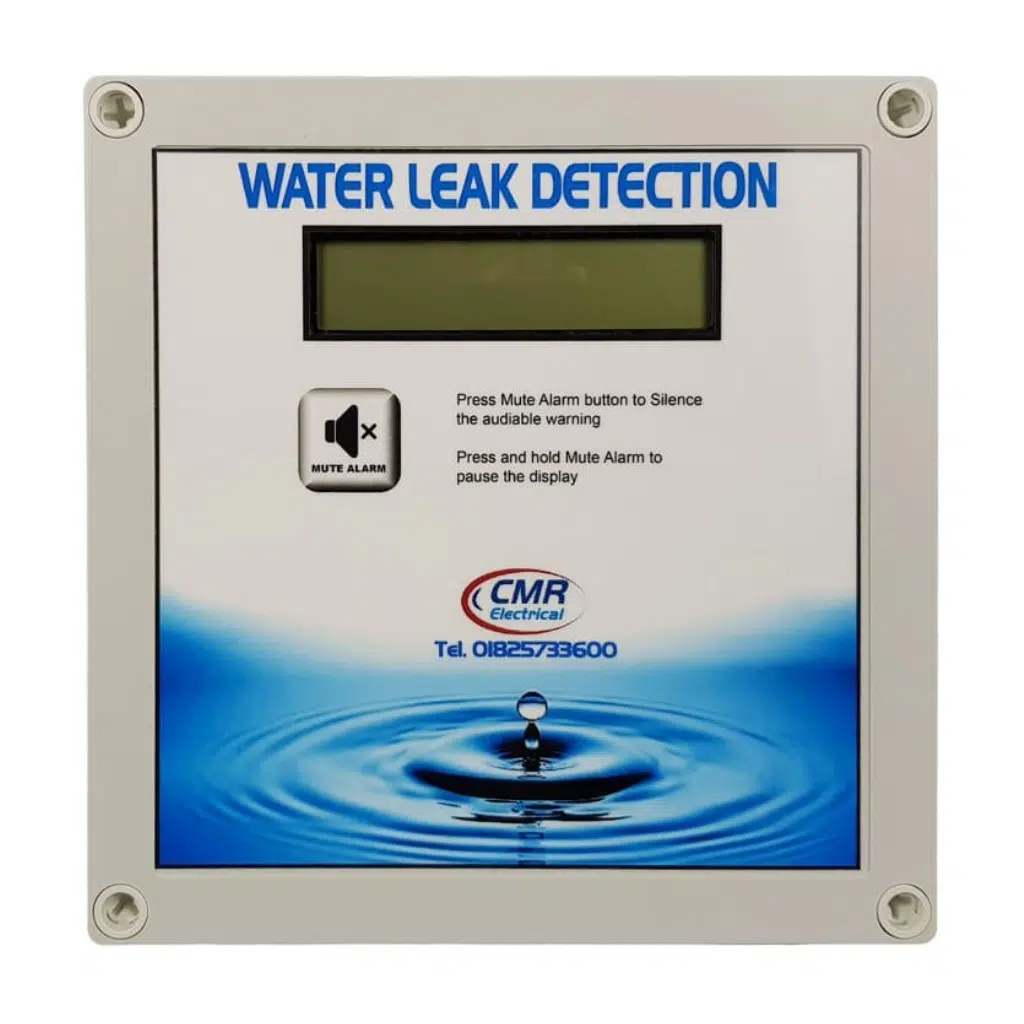Prevent Major Concerns with Very Early Water Leak Detection and Trigger Repairs
Prevent Major Concerns with Very Early Water Leak Detection and Trigger Repairs
Blog Article
Ingenious Solutions for Very Early Detection of Water Leaks in Buildings and Infrastructure
From innovative leak detection modern technologies to the release of IoT sensing units for real-time surveillance, the landscape of leak prevention is developing swiftly. Automated water circulation evaluation systems are improving just how leakages are recognized and dealt with, paving the means for an aggressive strategy to water leakage detection.
Advanced Leakage Detection Technologies
Advanced leak discovery technologies, geared up with sophisticated sensors and algorithms, play an important role in promptly determining and pinpointing water leakages in various settings. Electromagnetic sensing units can determine changes in electro-magnetic fields created by water, supplying yet another layer of leakage discovery capability.

IoT Sensors for Real-Time Monitoring
In the realm of contemporary water leak discovery, the integration of IoT sensing units for real-time surveillance represents a pivotal advancement in improving positive leak detection capacities. These sensors provide continual tracking of water supply, providing real-time information on water flow rates, pressure variations, and temperature adjustments. By leveraging IoT innovation, these sensing units can find even the tiniest abnormalities in water use patterns, enabling early recognition of possible leaks before they escalate right into significant concerns.
IoT sensors send information to a centralized platform, where innovative formulas evaluate the info and produce alerts or notices when abnormalities are discovered. This real-time tracking capacity permits residential property proprietors or facility managers to immediately resolve leaks, minimizing water damages, decreasing fixing costs, and preserving water resources.
Additionally, IoT sensing units can be integrated with building monitoring systems, allowing for computerized feedbacks to detected leaks, such as shutting down water shutoffs or activating pumps to alleviate the impact of leakages. Overall, the execution of IoT sensing units for real-time surveillance dramatically improves the efficiency and efficiency of water leakage detection in structures and infrastructure.
Equipment Knowing Algorithms for Leak Prediction

One trick benefit of utilizing equipment understanding for leak forecast is its ability to constantly find out and improve its accuracy over time. As even more information is collected and fed right into the formula, it can fine-tune its predictions and adjust to altering problems, eventually boosting the integrity of leak detection systems.
Furthermore, device discovering formulas can assist in identifying refined indications of leaks that might go undetected by conventional monitoring methods. water leak detection. By analyzing complicated information embed about his in real-time, these formulas can provide early warnings and alerts, allowing for timely intervention and preventative upkeep to mitigate prospective water damages and associated prices
Utilizing Thermal Imaging for Leak Detection
Thermal imaging modern technology uses a promising approach for identifying water leakages in different systems and facilities. By utilizing infrared radiation and temperature variations, thermal imaging cameras can identify covert leaks that are not conveniently visible to the naked eye. When water runs away from pipes or structures, it often transforms the temperature of the surrounding location, producing temperature level differentials that thermal video cameras can capture. These temperature abnormalities are then converted right into visible images, highlighting the exact place of the leak.
Among the crucial benefits of thermal imaging for leak detection is its non-intrusive nature. Unlike traditional approaches that may call for damaging right into wall surfaces or floors to continue reading this situate leaks, thermal imaging enables non-destructive screening. This not only conserves time and decreases costs but likewise lessens interruption to the building or infrastructure being assessed. In addition, thermal imaging can quickly check large locations, giving a comprehensive introduction of prospective leak resources in a prompt manner. Overall, using thermal imaging technology enhances the efficiency and precision of water leak detection, making it a useful device for keeping the honesty of structures and infrastructures.
Automated Water Circulation Evaluation Solutions
Exactly how can computerized water circulation analysis systems reinvent the discovery and monitoring of leakages in different systems and infrastructures? Automated water circulation evaluation systems offer a positive approach to leakage detection by continuously checking water flow rates and patterns. By developing standard data, these systems can promptly identify discrepancies that may show a leakage, making it possible for punctual intervention to protect against extensive damages.
These systems utilize innovative algorithms to examine real-time information and offer instant notifies when abnormalities are spotted, enabling quick action to be taken. Furthermore, computerized water flow analysis systems can be incorporated with building management systems or IoT platforms, boosting overall performance and enabling remote surveillance capabilities.
Moreover, the data gathered by these systems can be used for anticipating maintenance objectives, helping to recognize possible powerlessness in the infrastructure prior to leaks happen. Generally, the application the original source of computerized water circulation evaluation systems can considerably boost leak detection and management methods, inevitably causing set you back savings, reduced water waste, and raised sustainability in buildings and facilities.

Conclusion
To conclude, the combination of sophisticated leak discovery technologies, IoT sensing units, equipment learning algorithms, thermal imaging, and computerized water circulation evaluation systems uses cutting-edge remedies for early discovery of water leakages in structures and infrastructure. These modern technologies enable real-time tracking, prediction of leaks, and reliable detection techniques to avoid water damage and wastage. Carrying out these services can assist in keeping the honesty and sustainability of water systems in numerous settings.
Report this page